Home>Gardening & Outdoor>Landscaping Ideas>How To Dispose Of Grass Clippings
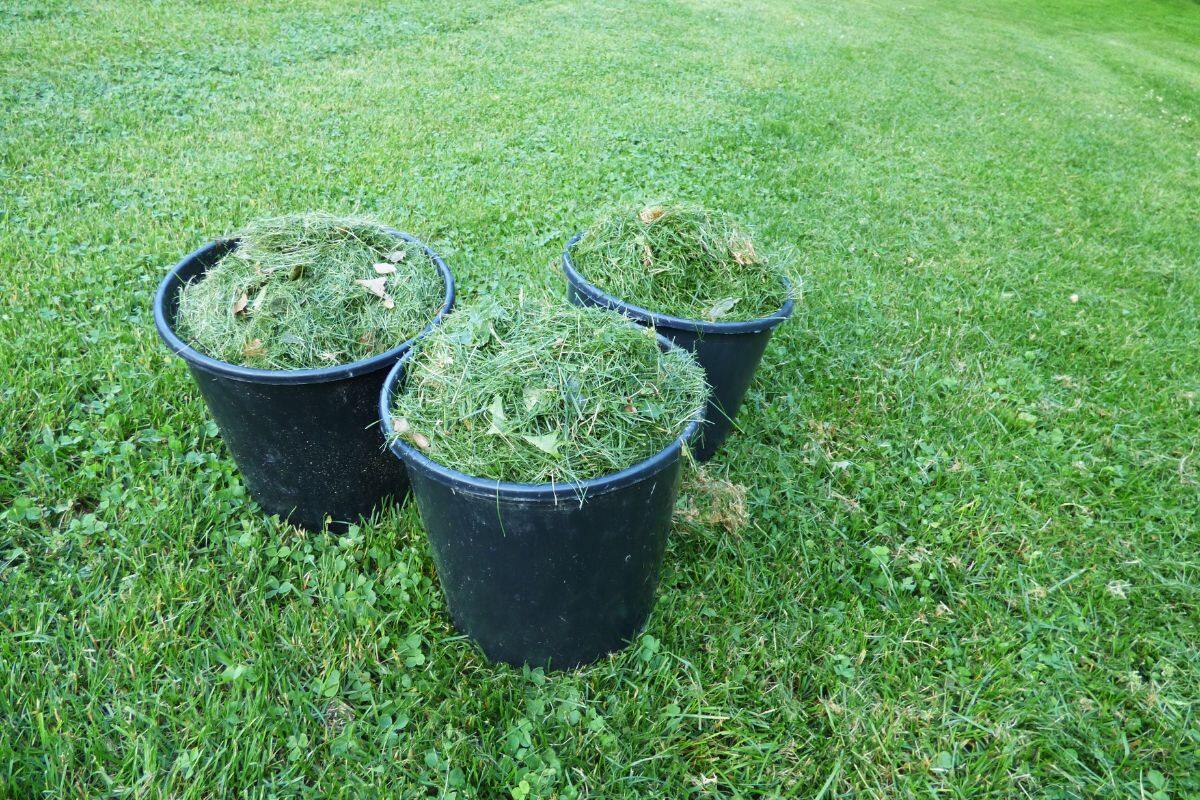

Landscaping Ideas
How To Dispose Of Grass Clippings
Modified: March 29, 2024
Learn effective landscaping ideas for disposing of grass clippings. Find eco-friendly methods and tips for managing yard waste. Transform your lawn maintenance routine today!
(Many of the links in this article redirect to a specific reviewed product. Your purchase of these products through affiliate links helps to generate commission for Storables.com, at no extra cost. Learn more)
Introduction
Welcome to the world of lawn care, where the satisfaction of a well-manicured lawn often comes with the inevitable task of dealing with grass clippings. Whether you’re a seasoned gardener or a novice homeowner, the question of what to do with the aftermath of a mowed lawn is a common one. Fortunately, there are several eco-friendly and practical solutions for disposing of grass clippings that not only benefit your lawn but also contribute to sustainable practices.
In this comprehensive guide, we’ll explore the various methods for responsibly managing grass clippings and their potential benefits. From composting to mulching and even donating, we’ll delve into the diverse ways to handle grass clippings, providing you with the knowledge to make informed decisions that align with your landscaping goals and environmental values.
So, let’s embark on a journey to discover the art of grass clipping disposal and how it can contribute to a healthier, more vibrant lawn and a greener planet.
Key Takeaways:
- Don’t toss those grass clippings! Use them to nourish your lawn and save time and money. Composting, mulching, and donating are eco-friendly options that benefit your lawn and the environment.
- Grass clippings are valuable! They can be composted, mulched, or even used as animal feed. By repurposing them, you can support sustainable practices and contribute to a healthier planet.
Read more: How To Properly Dispose Of Grass Clippings
Why Dispose of Grass Clippings
Grass clippings are the natural byproduct of regular lawn maintenance, and while it may be tempting to simply bag them up and toss them in the trash, there are compelling reasons to consider alternative disposal methods.
Firstly, leaving grass clippings on the lawn after mowing can provide valuable nutrients to the soil. As the clippings decompose, they release essential nutrients like nitrogen, potassium, and phosphorus back into the soil, acting as a natural fertilizer. This process not only nourishes the existing grass but also promotes healthier root development and overall lawn vitality.
Furthermore, disposing of grass clippings responsibly contributes to environmental sustainability. When grass clippings are sent to landfills, they undergo anaerobic decomposition, releasing methane, a potent greenhouse gas. By diverting grass clippings from landfills and employing eco-friendly disposal methods, such as composting and mulching, you can significantly reduce your environmental impact and contribute to a healthier ecosystem.
Lastly, proper grass clipping disposal can save time and money. Instead of spending resources on bagging, hauling, and disposing of clippings, utilizing them on-site through mulching or composting can streamline your lawn care routine and decrease the need for chemical fertilizers and other lawn treatments.
By understanding the benefits of responsible grass clipping disposal, you can make informed decisions that not only enhance the health and appearance of your lawn but also minimize your environmental footprint and resource expenditure.
Methods for Disposing of Grass Clippings
When it comes to disposing of grass clippings, several eco-friendly and practical methods can benefit both your lawn and the environment. From composting and mulching to repurposing clippings as animal feed or donating them to farms and community gardens, there are numerous avenues for responsible grass clipping disposal.
Composting Grass Clippings: Composting is a natural and sustainable way to manage grass clippings. When combined with other organic materials, such as leaves and kitchen scraps, grass clippings can decompose into nutrient-rich compost, which can then be used to enrich garden soil or nourish plants and flowers.
Mulching Grass Clippings: Mulching involves leaving grass clippings on the lawn after mowing, where they break down and return nutrients to the soil. This method not only reduces the need for chemical fertilizers but also helps retain soil moisture and suppress weed growth, promoting a healthier and more resilient lawn.
Using Grass Clippings as Animal Feed: If you have livestock or poultry, grass clippings can serve as a nutritious supplement to their diet. However, it’s essential to ensure that the clippings have not been treated with pesticides or herbicides that could be harmful to animals. Always consult with a veterinarian or animal nutritionist before using grass clippings as feed.
Donating Grass Clippings to Farms or Community Gardens: Many farms and community gardens welcome donations of grass clippings as they can be used for mulching, composting, or animal bedding. By donating your clippings, you can support local agricultural initiatives and contribute to sustainable farming practices.
By exploring these diverse disposal methods, you can find the approach that aligns with your landscaping goals, environmental values, and community engagement aspirations. Each method offers unique benefits, from nurturing soil health to minimizing waste and supporting local agriculture, empowering you to make a positive impact through responsible grass clipping disposal.
Composting Grass Clippings
Composting grass clippings is a sustainable and environmentally friendly method of managing lawn waste while creating nutrient-rich compost for gardening and landscaping. When combined with other organic materials, such as kitchen scraps, leaves, and garden waste, grass clippings can undergo decomposition to produce a valuable soil amendment.
To start composting grass clippings, it’s important to follow a few key steps to ensure optimal decomposition and nutrient retention:
- Proper Layering: Layer grass clippings with other organic materials, such as dry leaves, to create a balanced carbon-to-nitrogen ratio. This helps prevent clumping and promotes efficient decomposition.
- Aeration: Turning the compost pile regularly or using a compost tumbler ensures adequate aeration, which accelerates decomposition and minimizes odors.
- Moisture Management: Maintain proper moisture levels in the compost pile, akin to a wrung-out sponge, to facilitate microbial activity and decomposition without becoming waterlogged.
- Temperature Considerations: Composting grass clippings generates heat as microbial activity breaks down the organic matter. Monitoring the internal temperature of the compost pile can help gauge its readiness and effectiveness.
- Compost Application: Once the grass clippings have fully decomposed, the resulting compost can be used to enrich garden soil, improve plant health, and enhance overall soil structure and fertility.
Composting grass clippings not only reduces waste but also promotes sustainable practices by recycling organic materials. The resulting compost enriches the soil with essential nutrients, enhances moisture retention, and supports beneficial microbial activity, fostering a healthy and vibrant garden ecosystem.
By incorporating grass clippings into the composting process, you can harness their inherent nutrients and organic matter to create a valuable resource for your garden, reducing the need for chemical fertilizers and contributing to a more sustainable and regenerative approach to landscaping and gardening.
Mulching Grass Clippings
Mulching grass clippings involves leaving the freshly cut grass on the lawn to naturally decompose and return vital nutrients to the soil. This simple and eco-friendly practice offers numerous benefits for lawn health and sustainability.
When grass clippings are mulched into the lawn, they break down relatively quickly, releasing essential nutrients back into the soil. This natural process helps nourish the existing grass, promoting lush and healthy growth while reducing the need for additional fertilizers. Additionally, the decomposition of grass clippings contributes to improved soil structure, aiding in moisture retention and enhancing overall soil health.
Mulching grass clippings also plays a crucial role in weed suppression. As the clippings decompose, they form a thin layer that helps smother weed seeds and prevent them from germinating, reducing the need for chemical weed control methods. This natural weed management approach supports a more sustainable and environmentally conscious lawn care routine.
Furthermore, mulching grass clippings can significantly reduce the amount of organic waste generated from lawn maintenance. By recycling the clippings back into the lawn, homeowners can minimize the volume of green waste sent to landfills, contributing to waste reduction and environmental preservation.
To effectively mulch grass clippings, it’s important to follow a few best practices:
- Mowing Frequency: Regular mowing to maintain the grass at an appropriate height ensures that the clippings are of a manageable length for mulching.
- Proper Mowing Technique: Use a sharp mower blade to achieve clean cuts, and avoid cutting more than one-third of the grass blade length at a time to minimize clumping.
- Dry Grass Consideration: Mulch grass clippings when they are dry to prevent clumping and ensure even distribution across the lawn.
By embracing the practice of mulching grass clippings, homeowners can foster a more sustainable and low-impact approach to lawn care, promoting soil health, weed suppression, and waste reduction while nurturing a lush and vibrant lawn.
Consider composting your grass clippings to create nutrient-rich soil for your garden. Simply mix the clippings with other organic materials and let them decompose over time. This is an eco-friendly way to dispose of your clippings and benefit your garden.
Read more: How Long For Grass Clippings To Compost
Using Grass Clippings as Animal Feed
Repurposing grass clippings as animal feed presents an eco-friendly and resourceful approach to managing lawn waste while providing nutritional benefits to livestock and poultry. However, it’s essential to exercise caution and follow best practices to ensure the safety and well-being of the animals consuming the clippings.
Before using grass clippings as animal feed, it’s crucial to consider the following factors:
- Avoiding Contaminants: Ensure that the grass clippings have not been treated with pesticides, herbicides, or other chemicals that could be harmful to animals. It’s best to use clippings from untreated lawns or areas free from chemical applications.
- Proper Handling and Storage: Store the grass clippings in a clean and dry environment to prevent mold and spoilage. Avoid feeding clippings that have been left to ferment or accumulate mold, as these can pose health risks to animals.
- Supplemental Nutrition: While grass clippings can provide valuable fiber and nutrients, they should be considered as a supplemental feed rather than a primary source of nutrition. Animals should have access to a balanced diet that meets their specific dietary requirements.
- Consulting with Experts: Before introducing grass clippings into an animal’s diet, it’s advisable to consult with a veterinarian or animal nutritionist to ensure that the feed is suitable and safe for the intended recipients.
When used responsibly, grass clippings can serve as a nutritious addition to the diet of livestock, such as cattle, goats, and sheep, as well as poultry, including chickens and ducks. The fibrous nature of grass clippings can contribute to digestive health and provide essential roughage for herbivorous animals, supporting their overall well-being.
By repurposing grass clippings as animal feed, homeowners can minimize organic waste, reduce the environmental impact of lawn maintenance, and provide a sustainable and natural dietary supplement for their animals. This practice exemplifies the concept of circularity, where organic materials are repurposed within the local ecosystem, contributing to a more holistic and environmentally conscious approach to waste management and animal care.
Donating Grass Clippings to Farms or Community Gardens
Donating grass clippings to farms or community gardens offers a mutually beneficial solution for managing lawn waste while supporting local agricultural initiatives and sustainable gardening practices. By redirecting grass clippings to these settings, homeowners can contribute to soil enrichment, mulching, and composting efforts, fostering a more circular and regenerative approach to waste management.
Here are several compelling reasons to consider donating grass clippings to farms or community gardens:
- Soil Enrichment: Grass clippings can be used as a natural mulch to retain moisture, suppress weeds, and nourish the soil in agricultural settings. By donating clippings, homeowners can contribute to the fertility and health of the soil, supporting sustainable crop production and gardening practices.
- Composting Input: Grass clippings are valuable components of the composting process, providing essential nitrogen and organic matter. Community gardens and farms often rely on compost to improve soil quality and enhance plant growth, making donated grass clippings a valuable resource for their operations.
- Waste Reduction: By diverting grass clippings from landfills and repurposing them in agricultural and gardening contexts, homeowners can minimize organic waste and contribute to environmental preservation. This aligns with the principles of a circular economy, where organic materials are utilized within local ecosystems, reducing the need for external inputs.
- Community Engagement: Donating grass clippings to farms or community gardens fosters community connections and collaboration. It provides an opportunity for homeowners to support local food production, sustainable agriculture, and educational initiatives, strengthening the fabric of the local community.
When considering the donation of grass clippings, it’s essential to coordinate with farms, community gardens, or agricultural organizations to ensure that the clippings align with their specific needs and practices. Some farms and gardens may have guidelines for accepting organic materials, so open communication and collaboration are key to a successful donation process.
By donating grass clippings to farms or community gardens, homeowners can actively participate in sustainable waste management practices while contributing to the vitality of local agricultural and gardening endeavors. This collaborative and eco-conscious approach exemplifies the potential for individual actions to make a meaningful and positive impact within the broader community and ecosystem.
Grass Clipping Disposal Services
For homeowners who prefer to entrust the disposal of grass clippings to professional services, there are various options available to streamline the waste management process while contributing to environmental sustainability. Grass clipping disposal services offer convenient and eco-friendly solutions for handling lawn waste, catering to the diverse needs and preferences of homeowners.
Here are some common grass clipping disposal services and their benefits:
- Green Waste Collection: Many municipalities and waste management companies provide green waste collection services, allowing homeowners to separate grass clippings and other organic materials for curbside pickup. These services often transport the collected green waste to composting facilities, where it is processed into nutrient-rich compost for beneficial reuse.
- Composting Facilities: Some regions offer access to dedicated composting facilities that accept grass clippings and other organic waste. Homeowners can deliver their clippings to these facilities, where they are incorporated into large-scale composting operations, contributing to the production of high-quality compost for agricultural and landscaping applications.
- Lawn Care Companies: Professional lawn care and landscaping companies may offer grass clipping disposal as part of their service packages. These companies can efficiently collect and manage grass clippings, ensuring that they are repurposed or disposed of in an environmentally responsible manner, providing homeowners with peace of mind and a streamlined lawn care experience.
- Organic Waste Recycling Centers: Organic waste recycling centers accept grass clippings and other green waste, processing them into compost or mulch products. These facilities play a vital role in diverting organic materials from landfills and promoting sustainable waste management practices within the community.
By utilizing grass clipping disposal services, homeowners can simplify the management of lawn waste while contributing to broader environmental initiatives, such as waste reduction, composting, and soil enrichment. These services offer a convenient and effective means of ensuring that grass clippings are repurposed or recycled in a manner that aligns with sustainable practices and local regulations.
Ultimately, grass clipping disposal services provide homeowners with the assurance that their lawn waste is managed responsibly, minimizing environmental impact and contributing to the circularity of organic materials within the local ecosystem.
Conclusion
As we conclude our exploration of grass clipping disposal methods, it becomes evident that responsible waste management practices can significantly impact lawn health, environmental sustainability, and community engagement. Whether through composting, mulching, repurposing as animal feed, donating to farms and community gardens, or utilizing professional disposal services, homeowners have a range of eco-friendly options to consider when addressing the aftermath of lawn maintenance.
By embracing these disposal methods, homeowners can harness the inherent value of grass clippings, transforming them from mere waste into valuable resources for soil enrichment, plant nutrition, and community support. The benefits extend beyond individual lawns, contributing to broader environmental conservation efforts and sustainable agricultural practices.
Furthermore, the concept of circularity emerges as a guiding principle, emphasizing the repurposing and recycling of organic materials within local ecosystems. Grass clippings, once perceived as mere byproducts of lawn care, become integral components of regenerative processes, nourishing the soil, supporting biodiversity, and minimizing waste sent to landfills.
As stewards of our landscapes, homeowners hold the power to make meaningful contributions to environmental stewardship and community resilience through conscientious grass clipping disposal. Each method, whether composting, mulching, repurposing, donating, or utilizing professional services, offers a pathway to align lawn care practices with sustainable and regenerative principles.
Ultimately, the journey of grass clipping disposal transcends the routine tasks of lawn maintenance, evolving into a narrative of environmental responsibility, soil vitality, and community interconnectedness. By embracing these disposal methods, homeowners can cultivate not only healthy and vibrant lawns but also a deeper sense of stewardship and harmony within their local ecosystems.
So, as you embark on your next lawn care endeavor, consider the diverse opportunities for grass clipping disposal, and let your actions echo the harmonious rhythms of nature, nurturing the land and fostering a more sustainable and interconnected world.
Frequently Asked Questions about How To Dispose Of Grass Clippings
Was this page helpful?
At Storables.com, we guarantee accurate and reliable information. Our content, validated by Expert Board Contributors, is crafted following stringent Editorial Policies. We're committed to providing you with well-researched, expert-backed insights for all your informational needs.
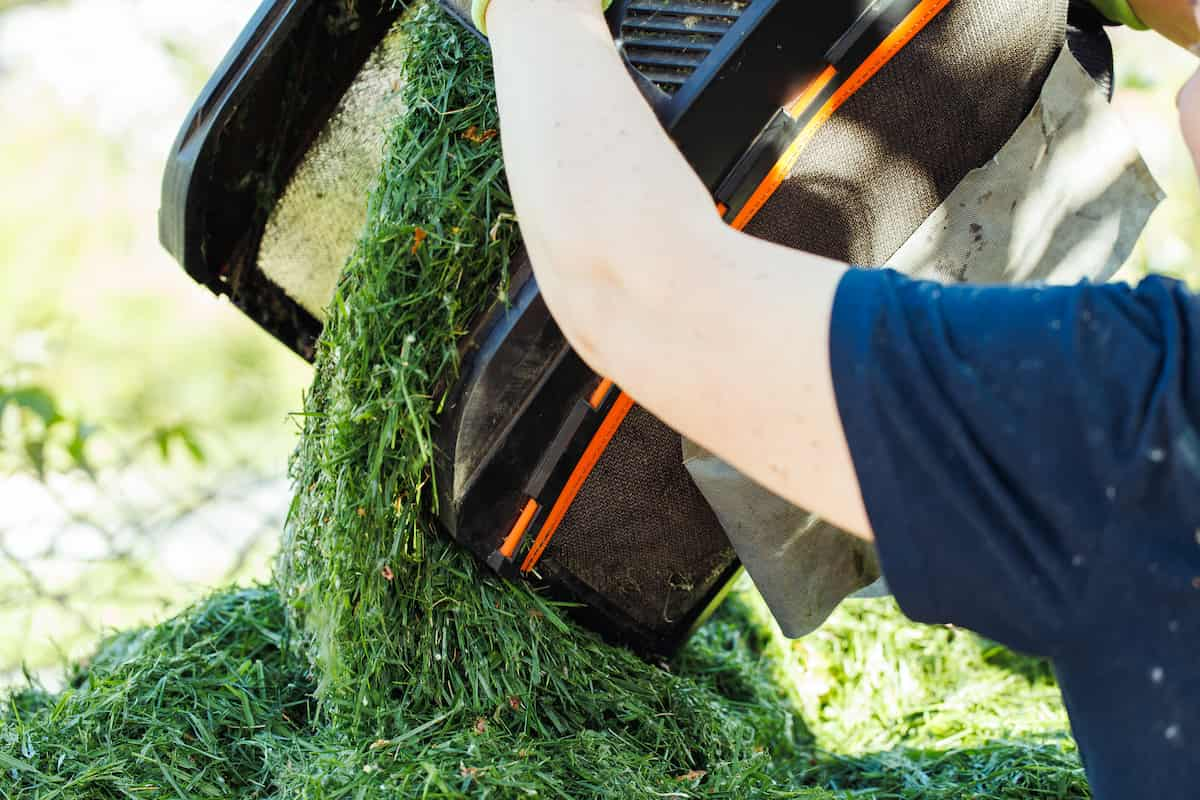
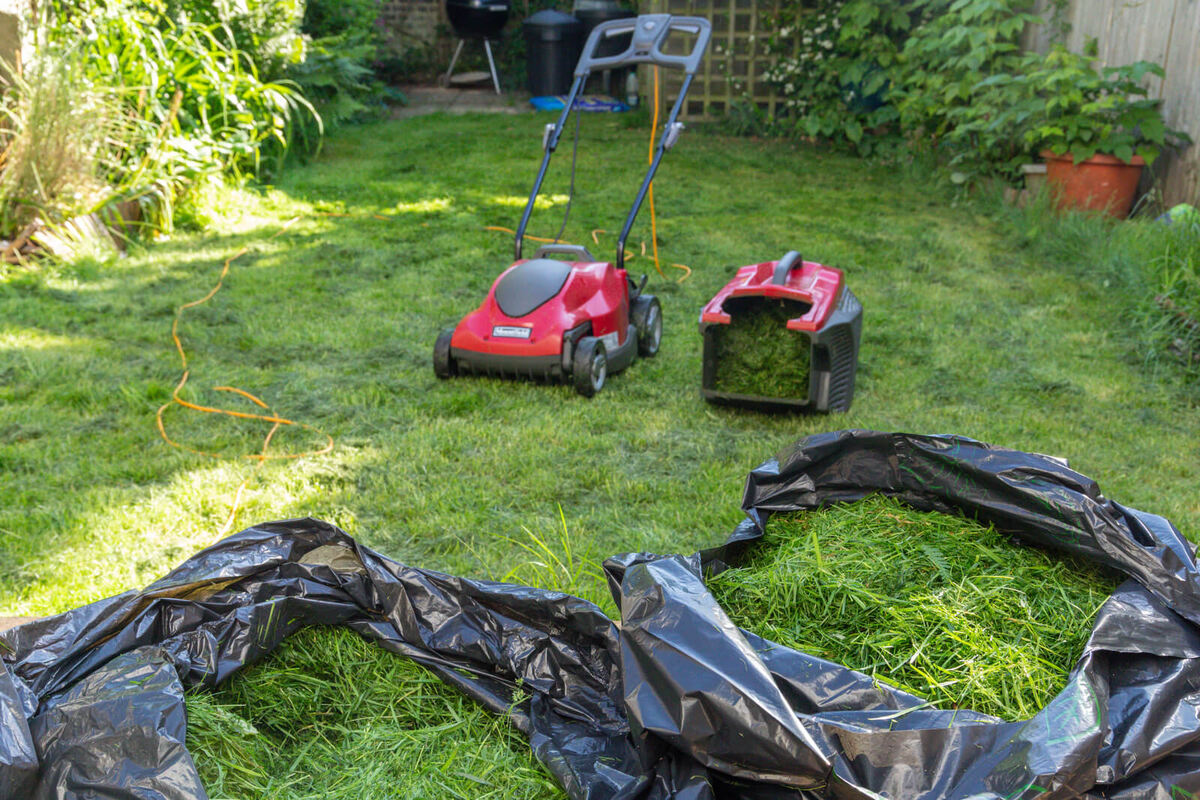
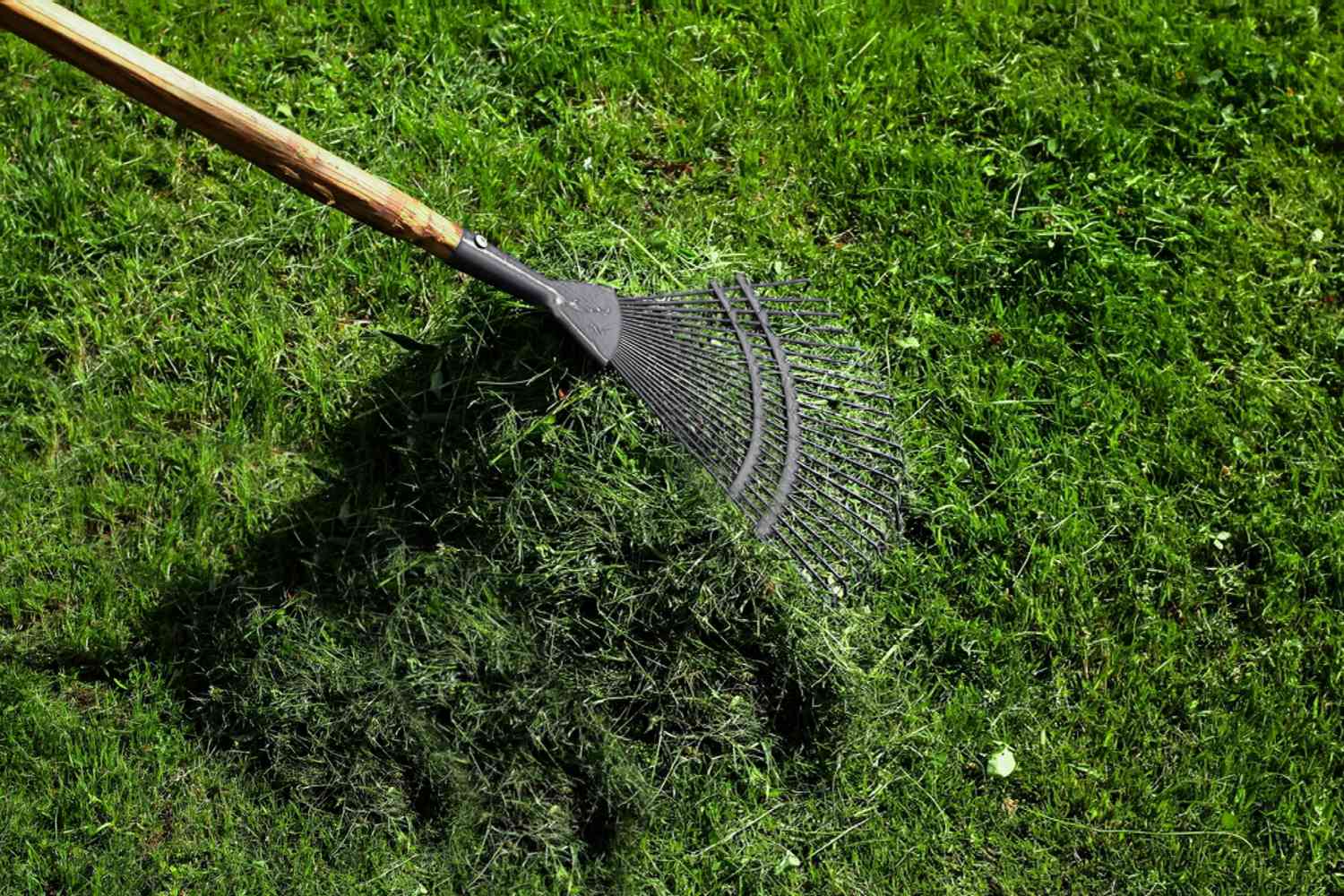
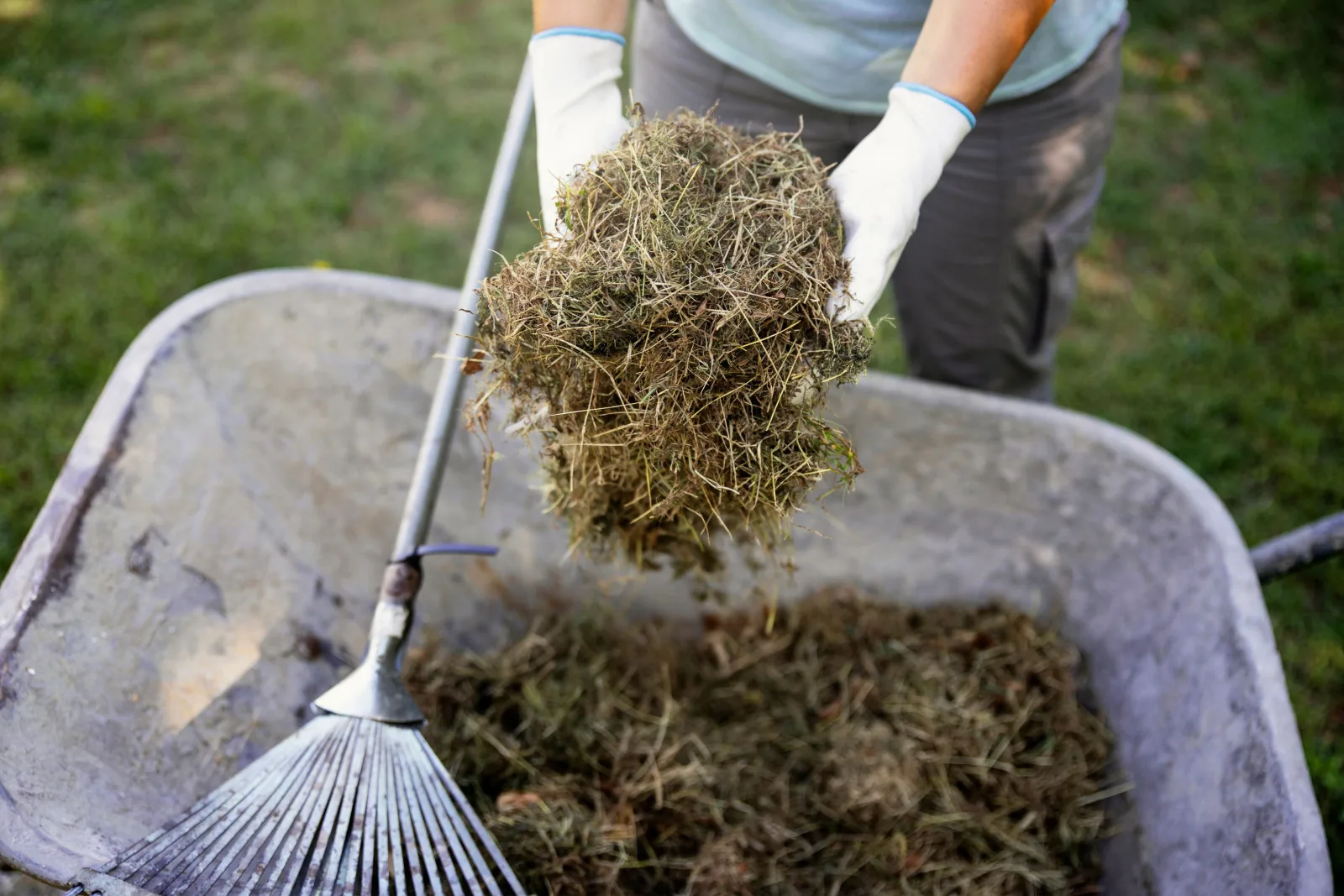
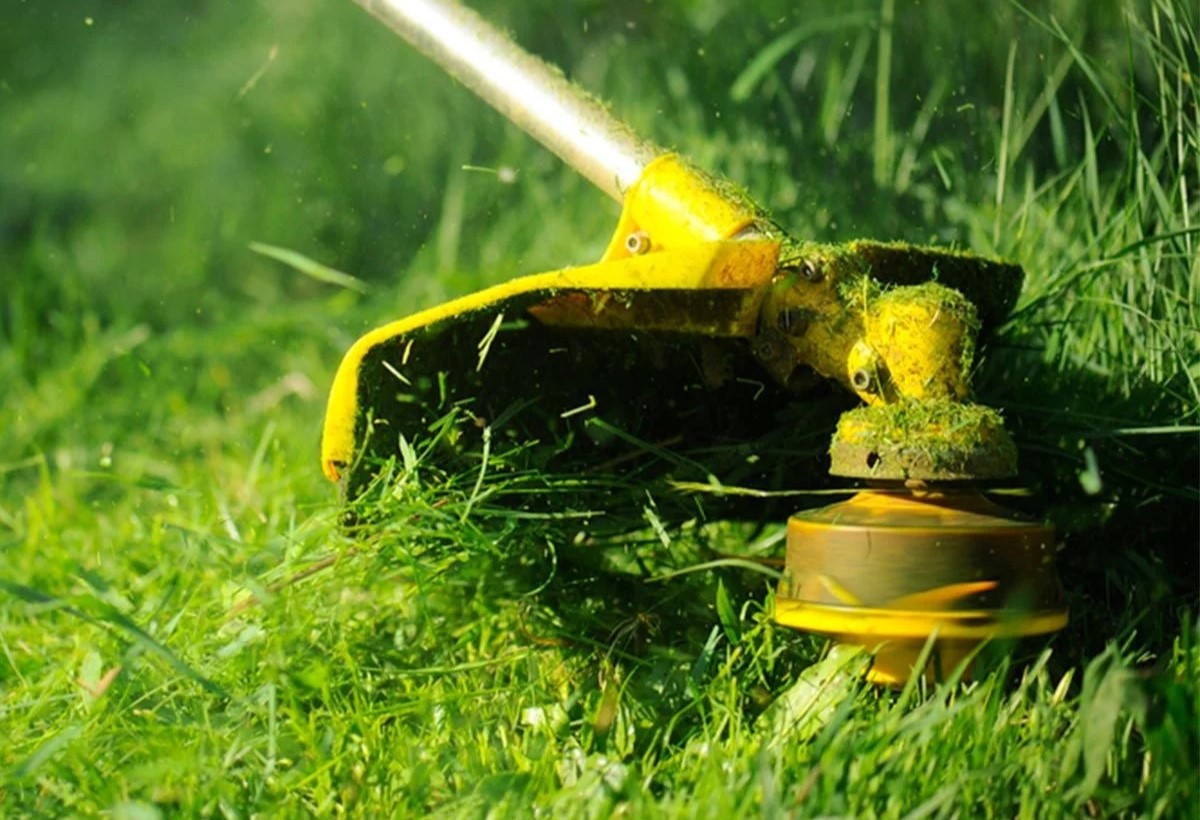
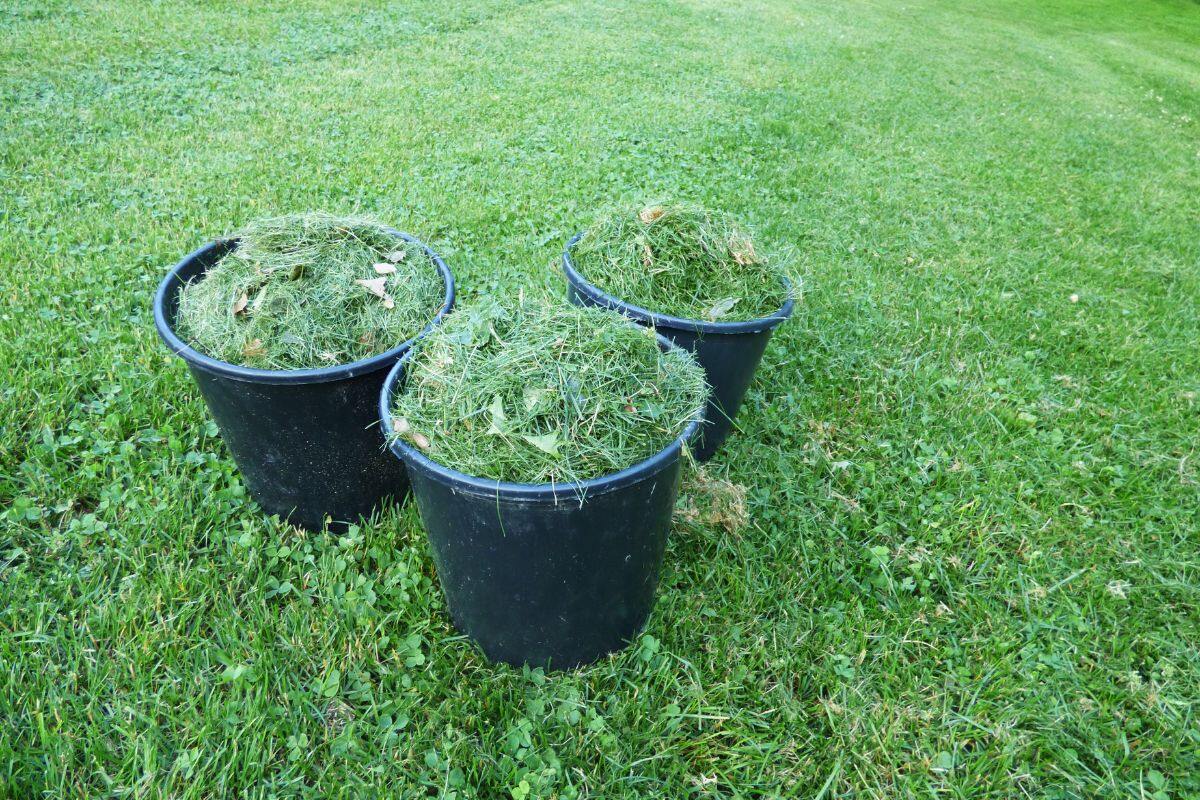
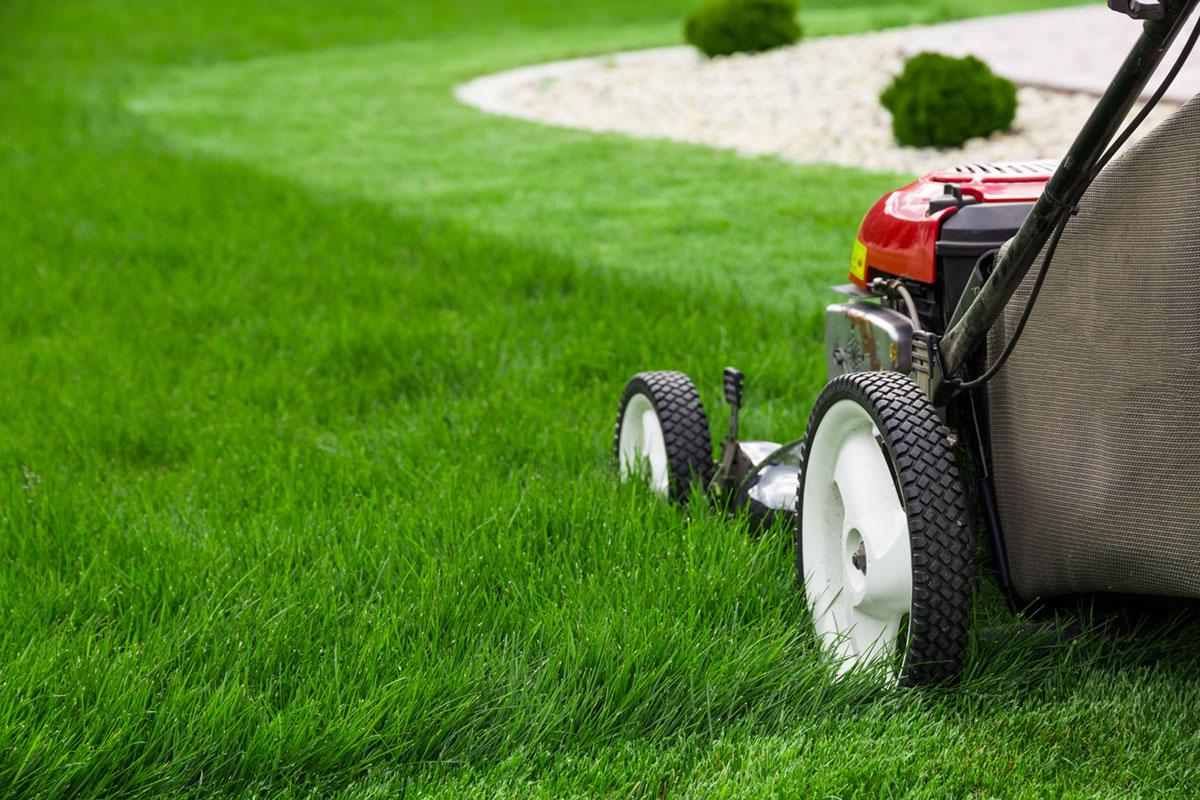
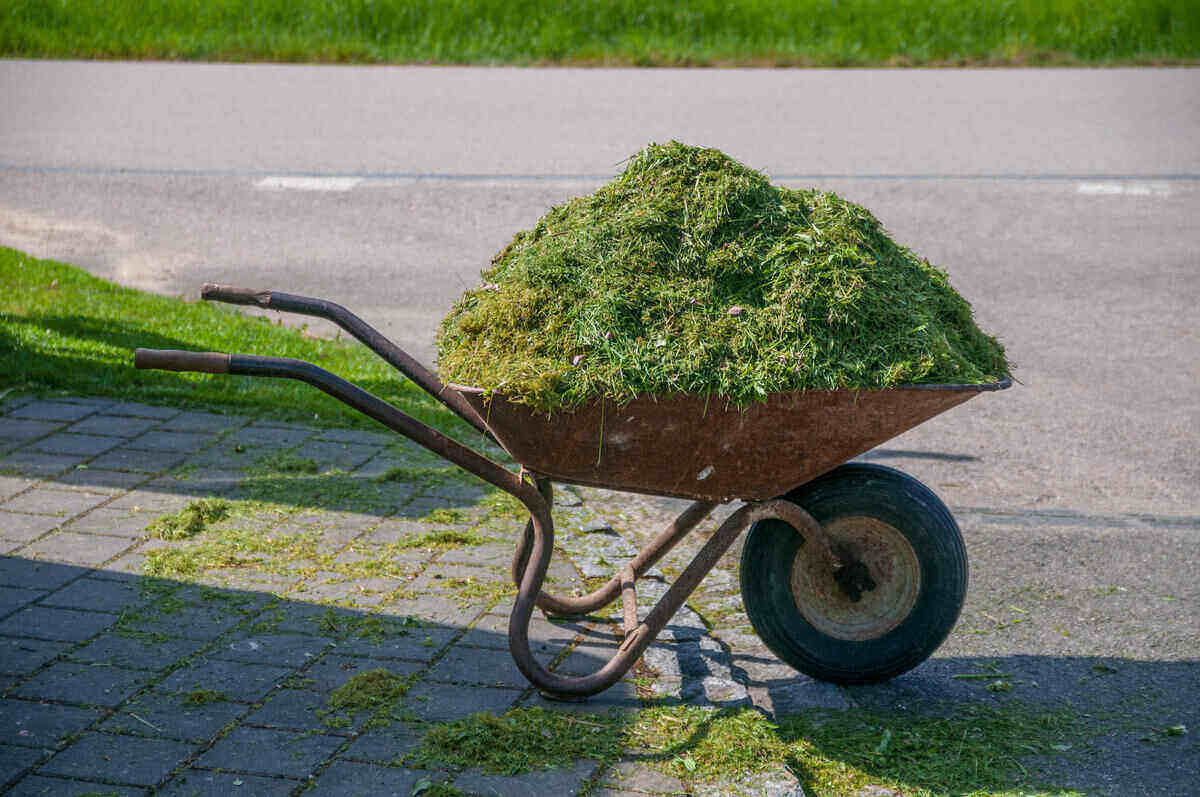
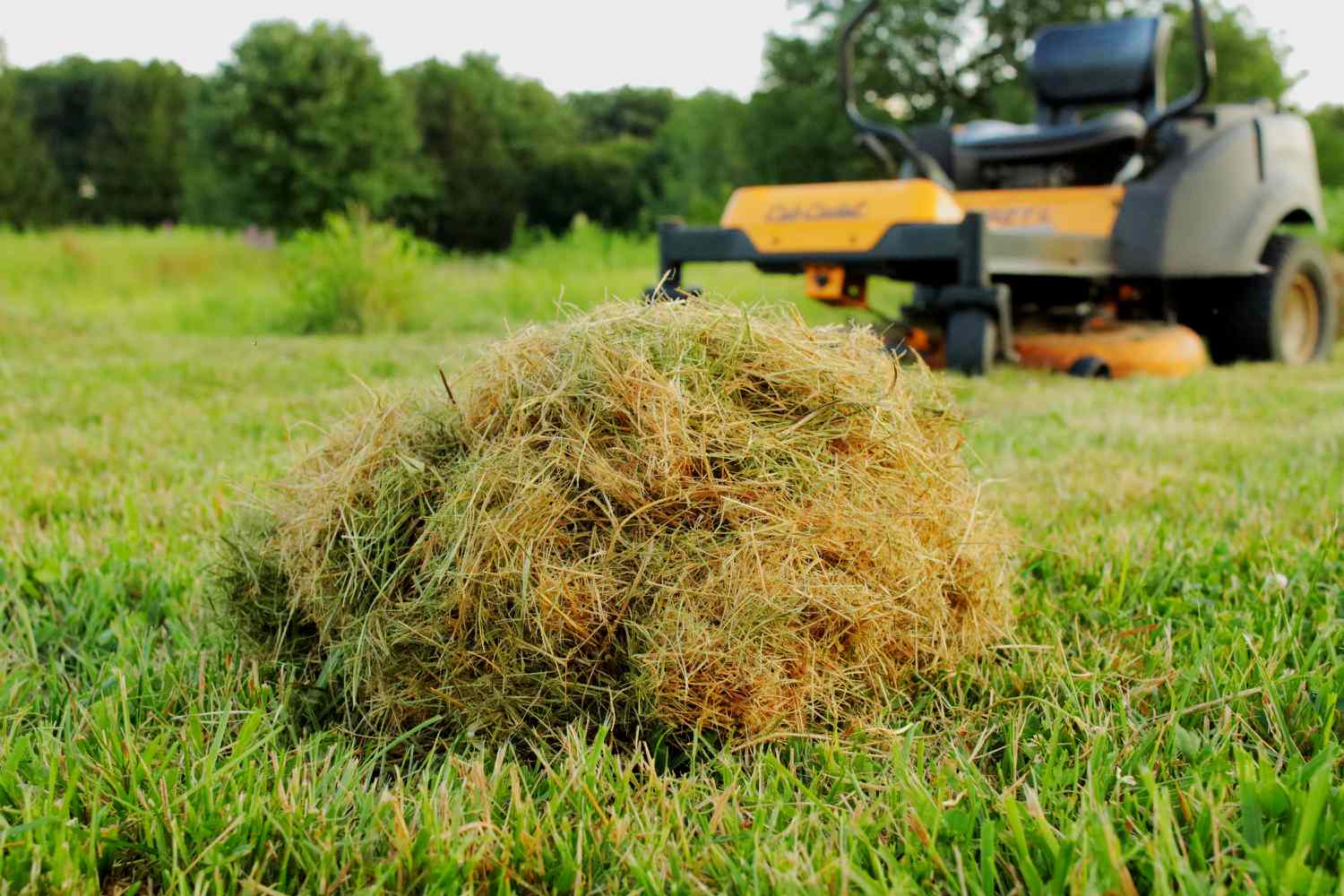
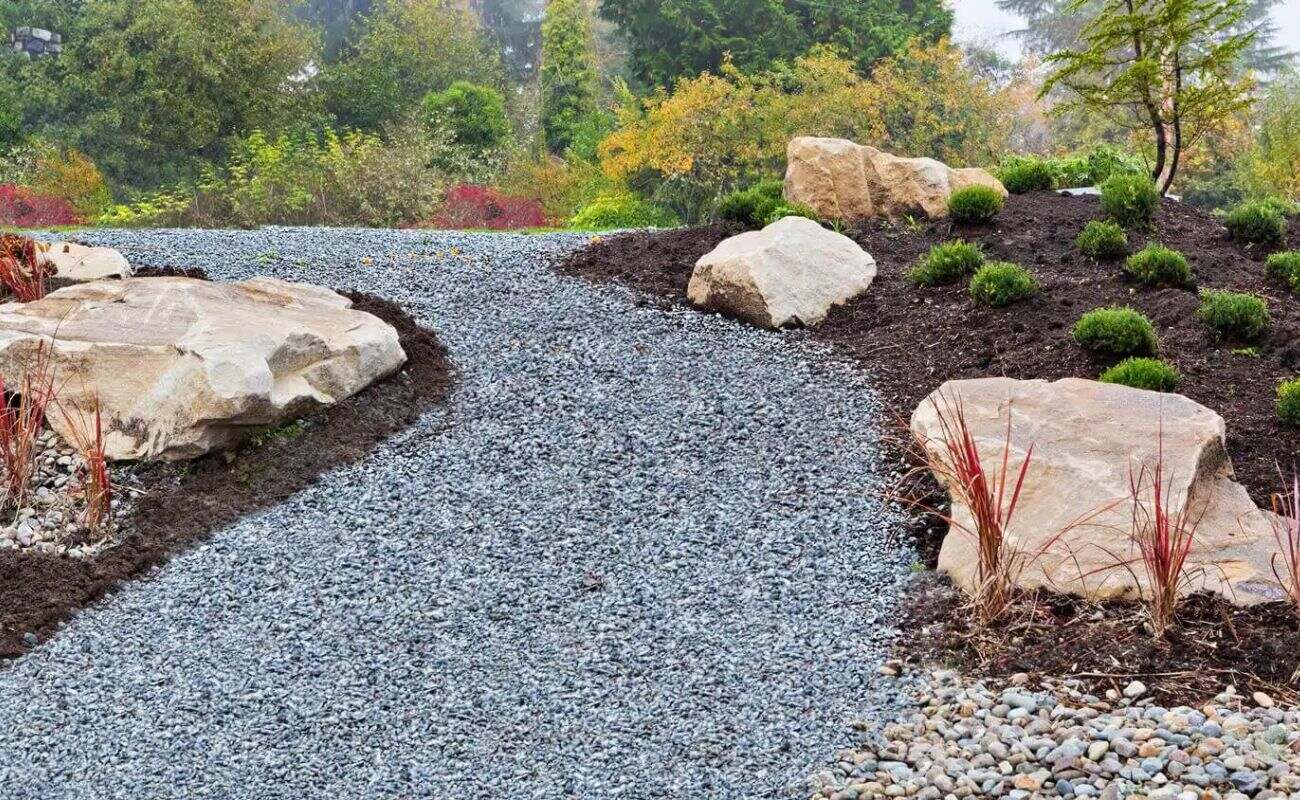
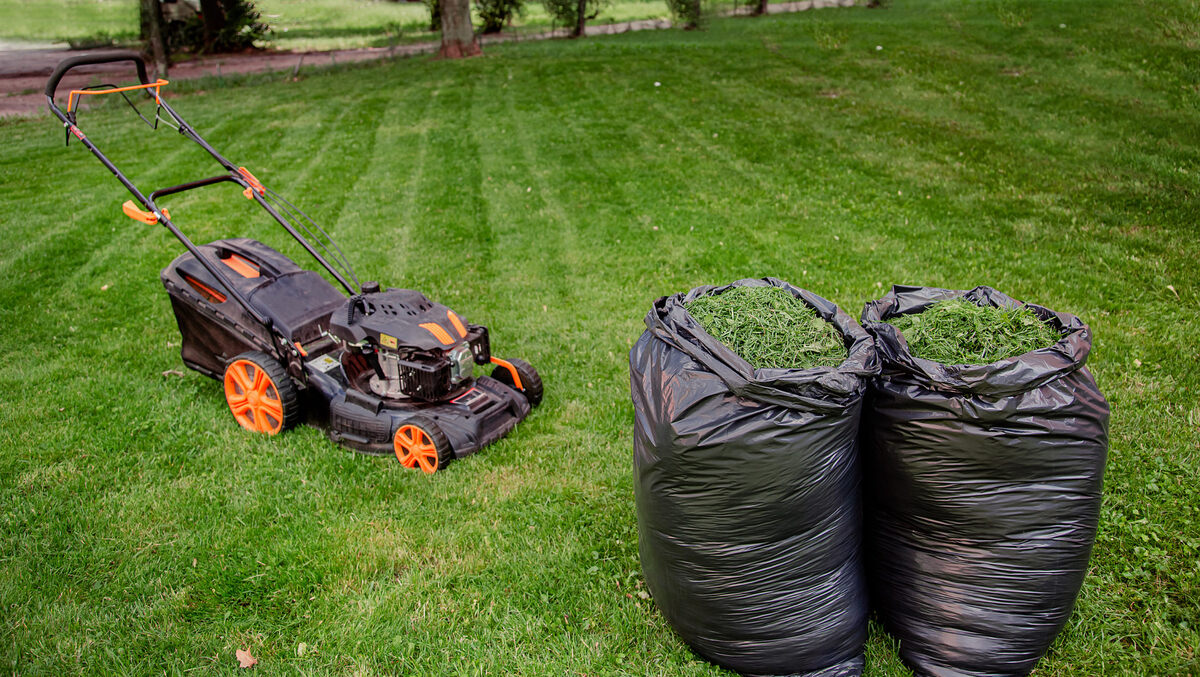
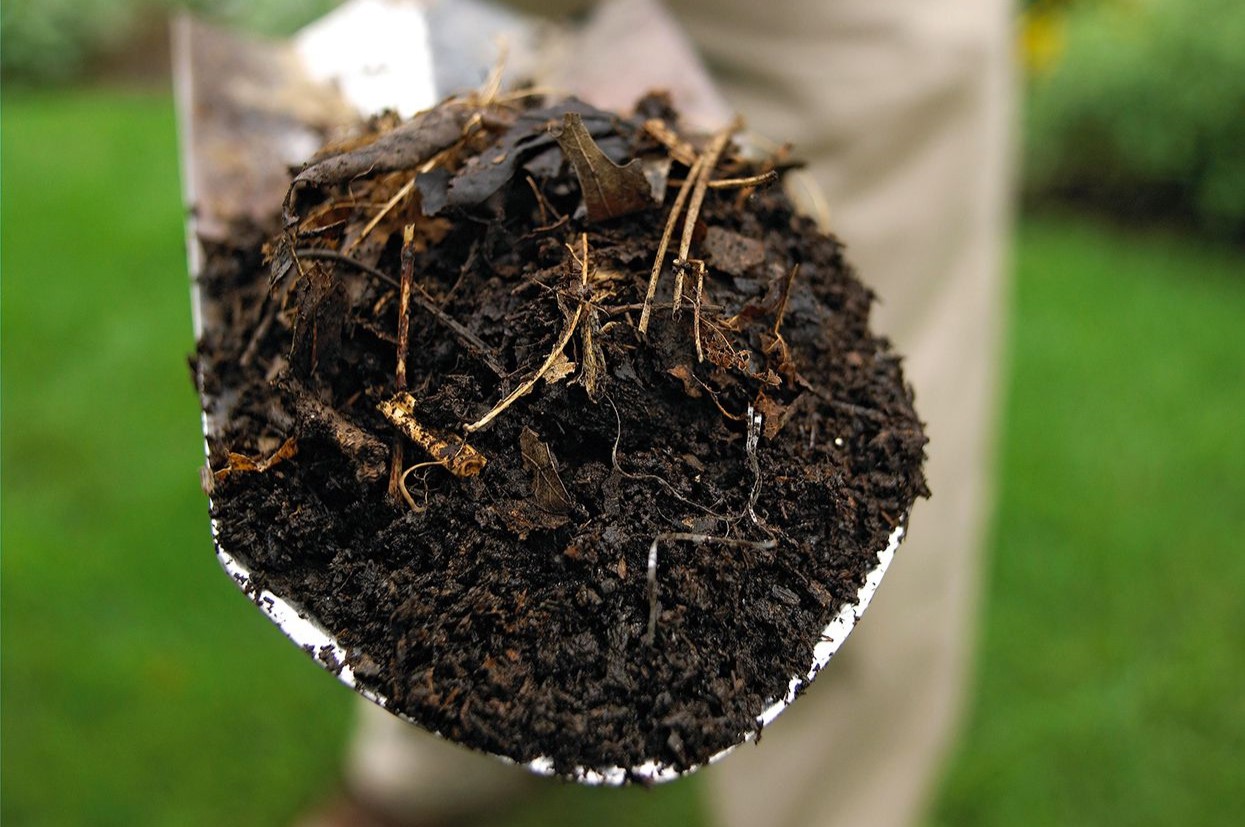
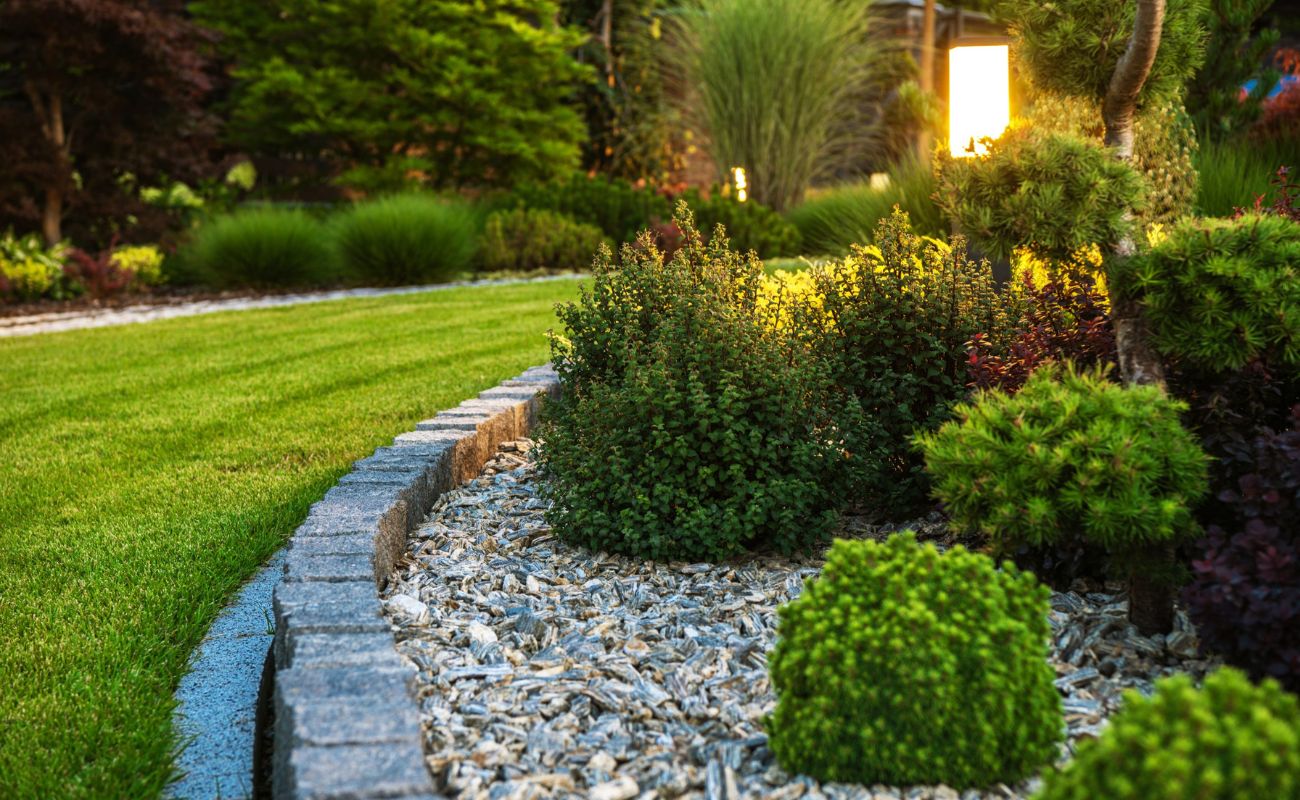
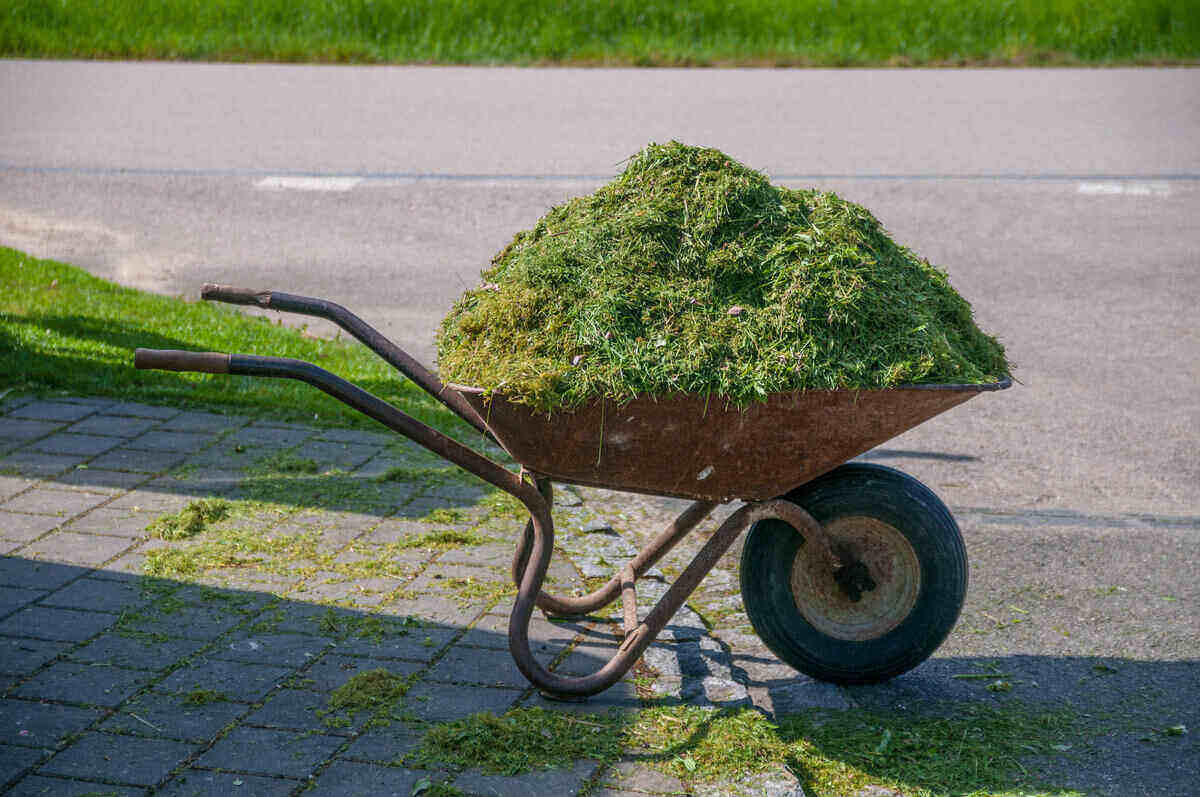

0 thoughts on “How To Dispose Of Grass Clippings”